Table of Contents
There’s a strange ache that comes after a breakup: your body learns the silence of no longer texting her, your thumb hovers over Instagram, and suddenly your feed becomes a hall of mirrors reflecting her back at you. Every meme, every mutual, every queer account seems to carry her shadow.
In those moments, lesbian women practicing digital hygiene face the challenge of keeping online spaces affirming without letting them turn into echo chambers of heartbreak.
The truth is—those spaces don’t have to vanish from your life. They can be reshaped into sanctuaries of support, if you treat digital hygiene as a form of self-respect.
Problem A: Falling into algorithmic echoes of heartbreak
The comfort of queer Instagram and TikTok lies in belonging. You find voices that sound like your own, stories that make you feel less alone. But algorithms are greedy—they feed on engagement, replaying breakup reels, sad sapphic memes, and hints of your ex on repeat.
It’s like standing in a room of mirrors, where instead of reflecting your future, everything circles back to her.
The way out isn’t deleting yourself from queer spaces; it’s diversifying the narrative:
- Follow queer creators who talk about art, joy, activism, queer futures—not just heartbreak.
- Actively like, save, and comment on posts that inspire hope instead of reopening wounds.
- Guide the algorithm toward your healing, not your past.
Every tap tells the algorithm what story you want to live in. And you deserve one that points forward, not back.
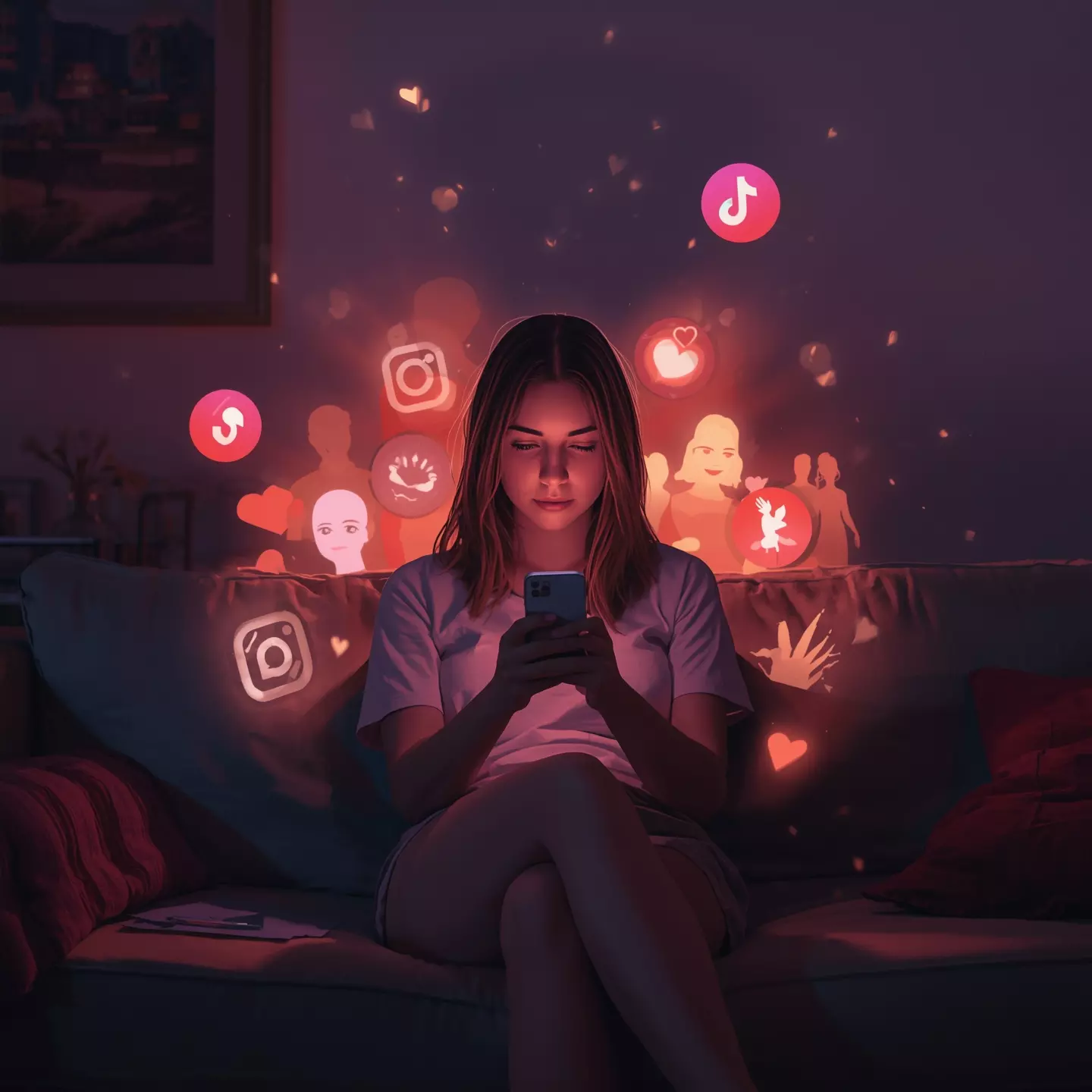
Problem B: Risk of harassment, comparison, and fatigue
For many lesbian women, queer digital spaces aren’t just supportive—they’re survival. But research shows LGBTQ+ users also face higher risks of harassment and mental fatigue online. You might log in for comfort and leave with a pit in your stomach, comparing yourself to others or scrolling until the night dissolves into anxiety.
This is where digital hygiene for lesbian women becomes armor. Muting, blocking, and curating aren’t petty—they’re protective.
Think of your feed as a garden:
- Mute or block accounts that poke at your wounds.
- Unfollow without guilt if your ex keeps appearing.
- Protect your mental space as carefully as you’d protect your physical space.
Boundaries online are just as vital as the ones you set in real life.

No Contact Isn’t a Game – It’s a Healing Strategy
Let’s examine the No Contact strategy in: Science & Psychology, Planning it, Digital Hygiene, Relapses-Cravings & Crashes, Special Cases & Exceptions… and Signs that it’s working +What comes next.
Tap here to read more →
Problem C: When social media use deepens the wound instead of healing it
Sometimes the issue isn’t the content—it’s the endless consumption. Doomscrolling breakup TikToks at 2 a.m. won’t bring closure; it just reopens the wound. Studies show that excessive social media use among LGBTQ+ young adults can worsen stress and reduce feelings of support.
The healing move is mindfulness:
- Set time limits on apps.
- Replace late-night scrolling with rituals like journaling or voice-noting a friend.
- Notice how your body feels after scrolling: lighter, heavier, or numb?
Awareness is your compass. By shifting from passive to intentional use, you reclaim control. Social platforms stop being the architect of your heartbreak and instead become tools for resilience and growth.
Closing
Heartbreak has a way of making the world feel smaller. But lesbian women using digital hygiene can instead make it feel bigger again.
Queer digital spaces aren’t meant to be echo chambers of pain, nor empty voids of isolation—they’re bridges. Bridges to joy, to laughter, to queer futures larger than this one breakup.
And with a little mindful digital hygiene, you can step onto those bridges without losing yourself along the way.
FAQ
Q1. How can lesbian women practice digital hygiene on Instagram and TikTok after a breakup?
Lesbian women can practice digital hygiene by curating their feeds, muting or blocking triggering accounts, and following creators who focus on joy, creativity, and queer futures. This reduces exposure to repetitive breakup content and helps shift algorithms toward healing.
Q2. What is the risk of echo chambers in queer online spaces?
Echo chambers occur when algorithms feed users the same type of emotional content repeatedly, often amplifying heartbreak or comparison loops. While these spaces provide affirmation, they can also trap women in cycles that slow down emotional recovery.
Q3. How can lesbian women avoid isolation while setting boundaries online?
Avoiding isolation means finding balance—lesbian women can keep ties to queer spaces by diversifying the accounts they follow and engaging in positive conversations. Setting boundaries like muting, unfollowing, or limiting screen time ensures connection without emotional exhaustion.
Q4. Why is digital hygiene important for lesbian women’s healing journey?
Practicing digital hygiene helps lesbian women protect their mental health and reclaim control over how social media affects their recovery. By intentionally shaping their digital environment, they can avoid echo chambers, reduce stress, and maintain supportive queer connections.
Scientific Sources
-
RM Schmitz et al. (2025): Navigating Digital Geographies and Trauma Contexts: Conceptions of Online Communities and Experiences Among LGBTQ+ People During COVID-19
Key Finding: LGBTQ+ individuals used online communities as affirming support networks but also experienced social media fatigue and vicarious trauma from divisive content.
Why Relevant: Shows both the supportive and stressful aspects of queer digital spaces, underscoring the need for balance between connection and digital hygiene.
https://www.mdpi.com/1660-4601/22/3/443 -
Tangila Tanni, Mamtaj Akter, Joshua Anderson, Mary Amon, Pamela Wisniewski (2024): Examining the Unique Online Risk Experiences and Mental Health Outcomes of LGBTQ+ versus Heterosexual Youth
Key Finding: LGBTQ+ youth face more online harassment but also gain identity-affirming peer support, emphasizing the dual nature of queer digital spaces.
Why Relevant: Directly relates to the risks and rewards of queer social media spaces, making digital hygiene strategies critical.
https://arxiv.org/abs/2402.08974 -
EA Vogel et al. (2021): Problematic Social Media Use in Sexual and Gender Minority Young Adults: Observational Study
Key Finding: Problematic social media use correlated with increased internalized stigma and decreased perceived social support in SGM young adults.
Why Relevant: Highlights the importance of mindful tech habits for LGBTQ+ people, especially during vulnerable periods like breakups.
https://mental.jmir.org/2021/5/e23688
- Work-Related Contact After Breakup: Neutral Templates for Stress-Free Replies

- Email and Calendar Filters for Breakups: Smart Digital Hygiene That Protects Your Healing

- Digital Hygiene After Breakup: Block, Mute, Restrict — A Healing Decision Tree That Works
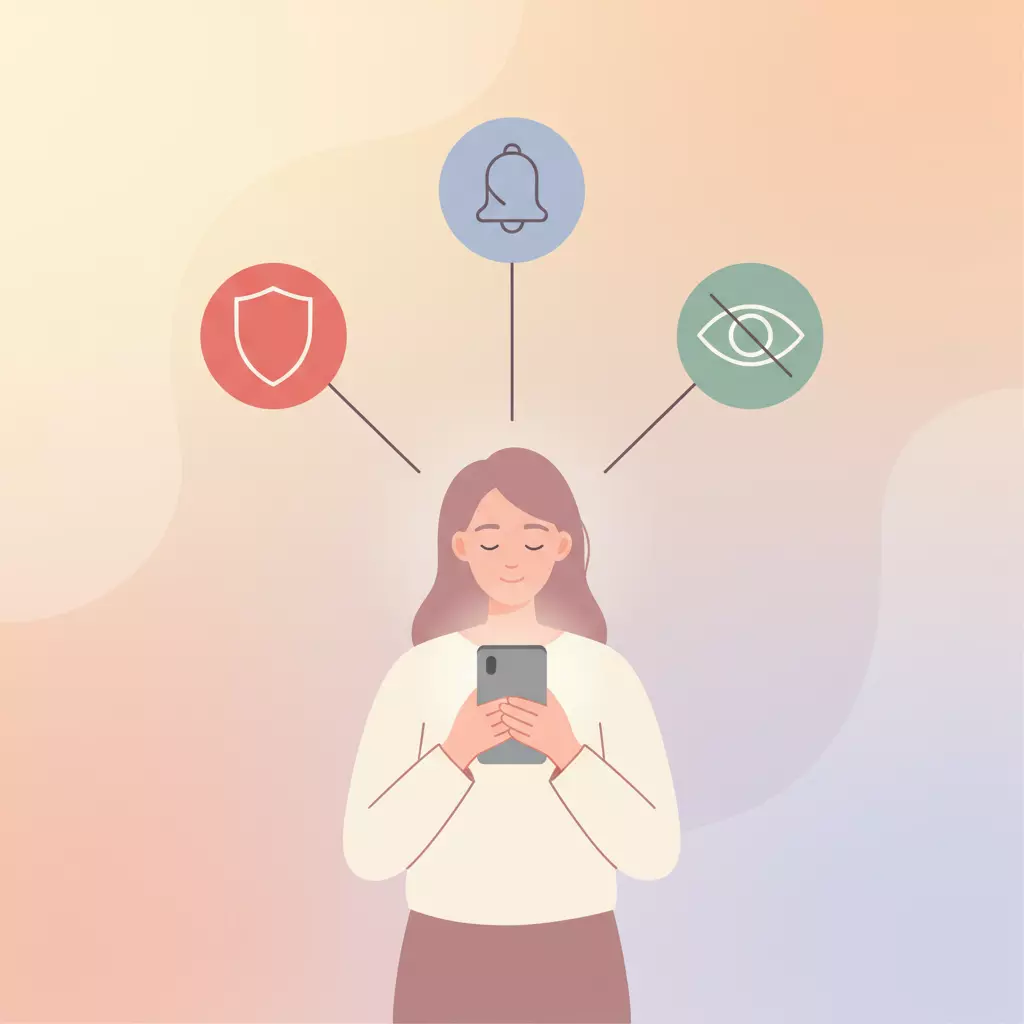
- Queer Digital Hygiene: Rebuild Your Feed From Triggers to Affirming Content in 7 Days
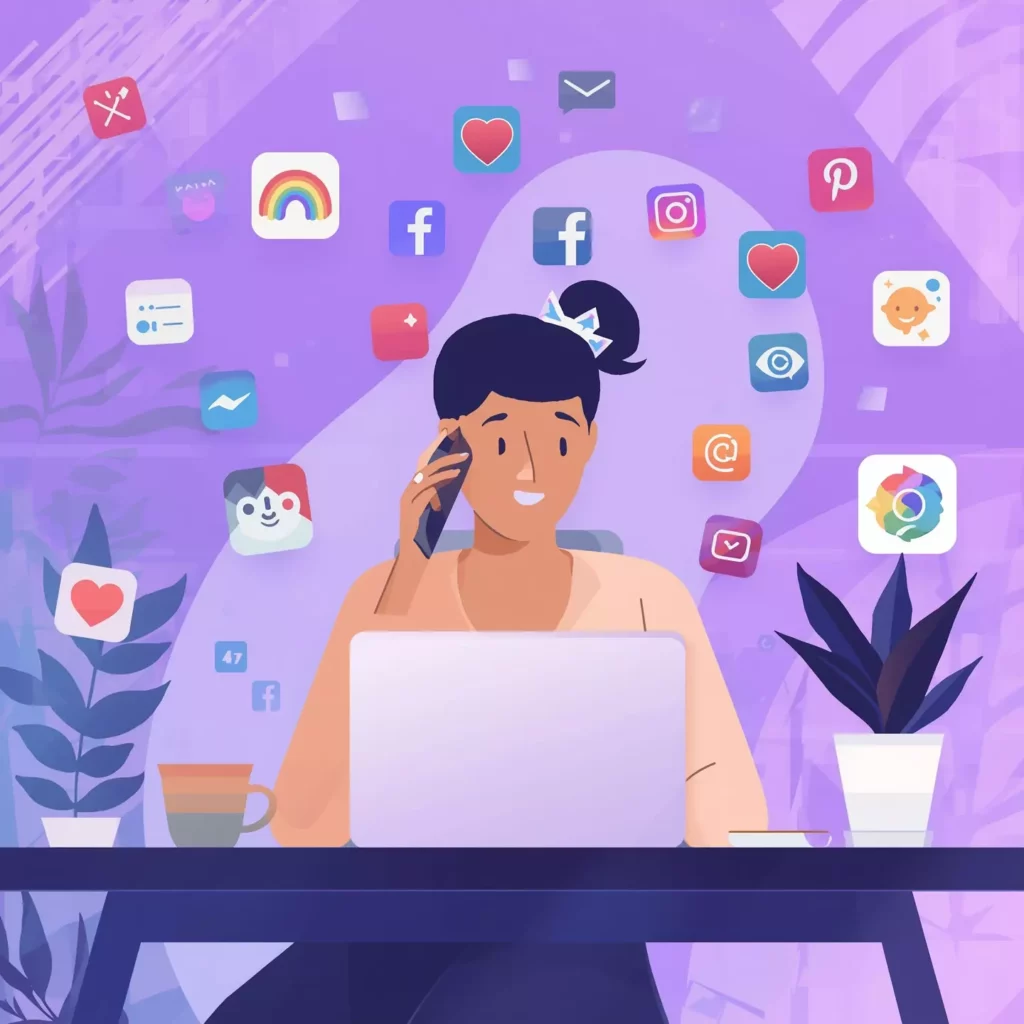
- Transgender Digital Hygiene: Protecting Identity, Deadnaming, and Healing Through Archives
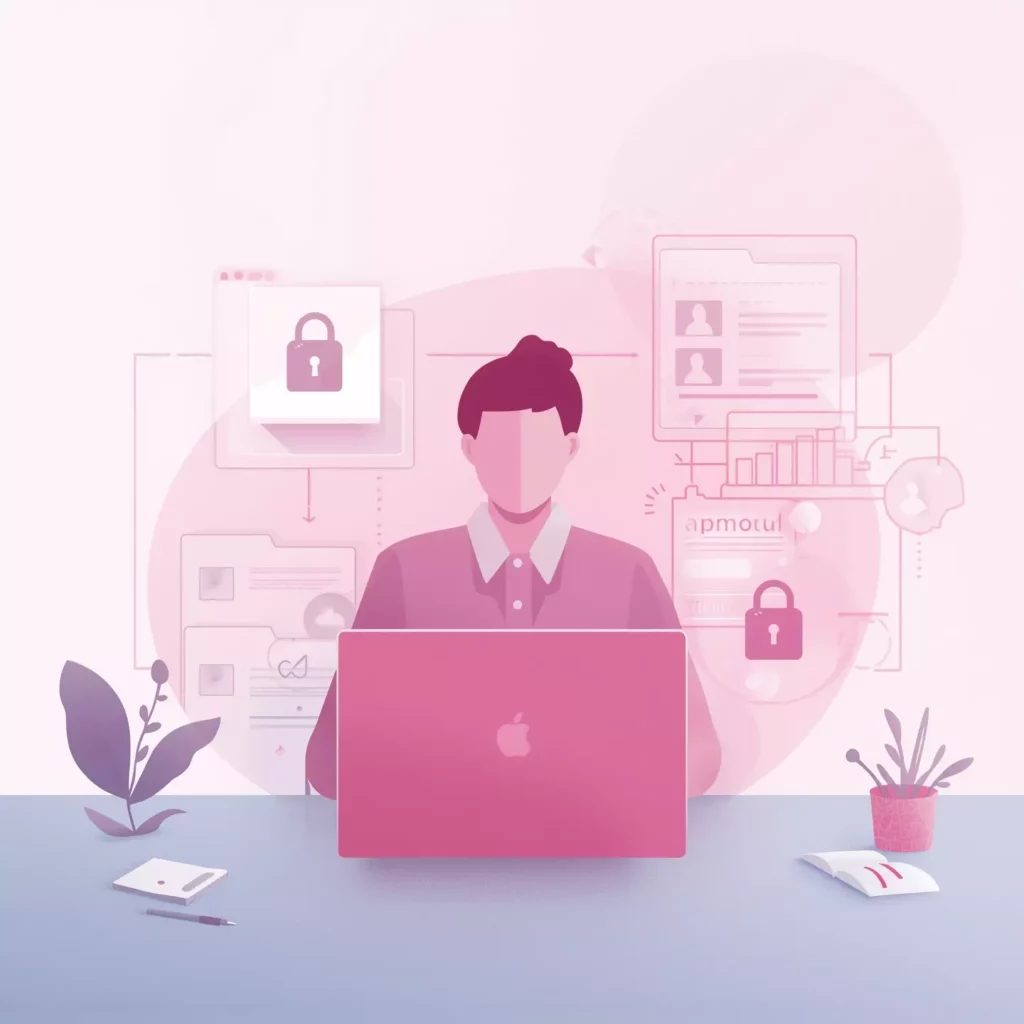
- Lesbian Women & Digital Hygiene: How to Avoid Echo Chambers on Instagram & TikTok
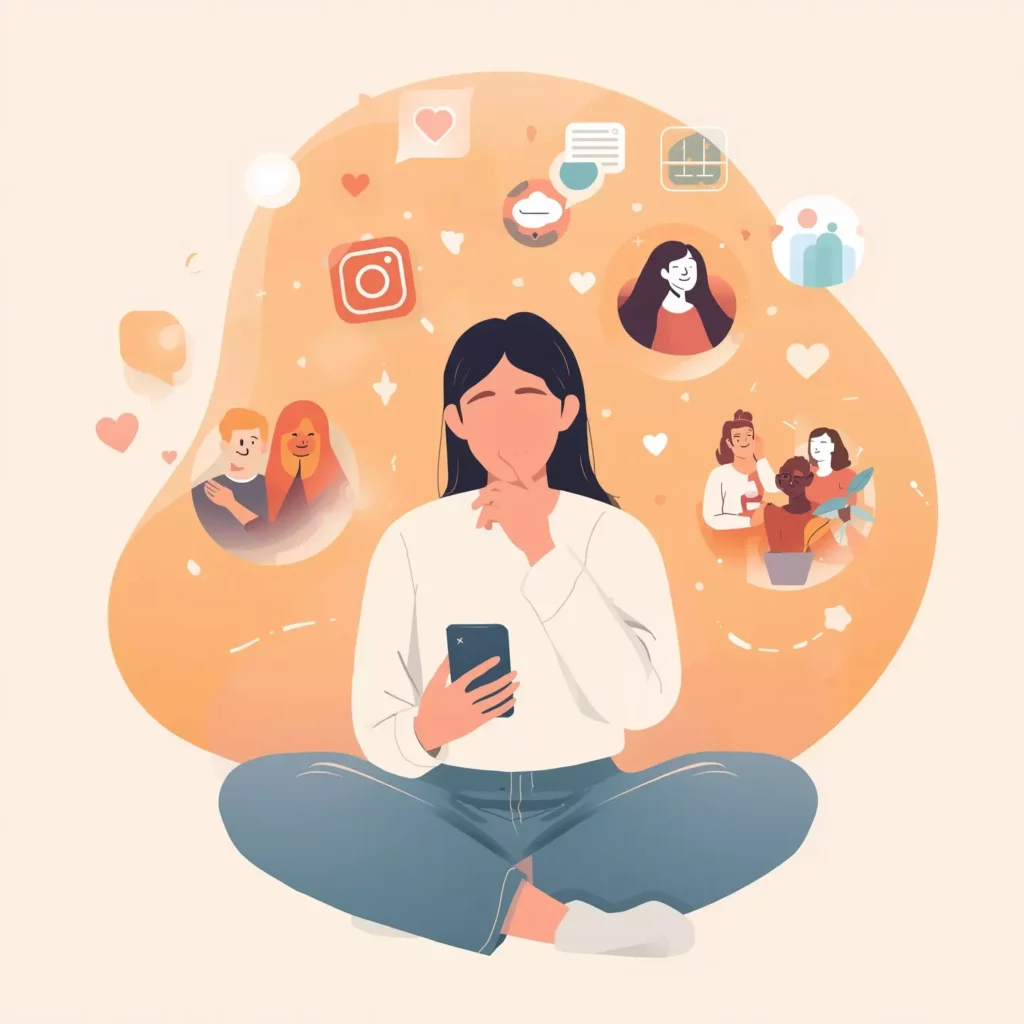
- Gay Men & No Contact: The Best Dating App Strategy to Heal Fast
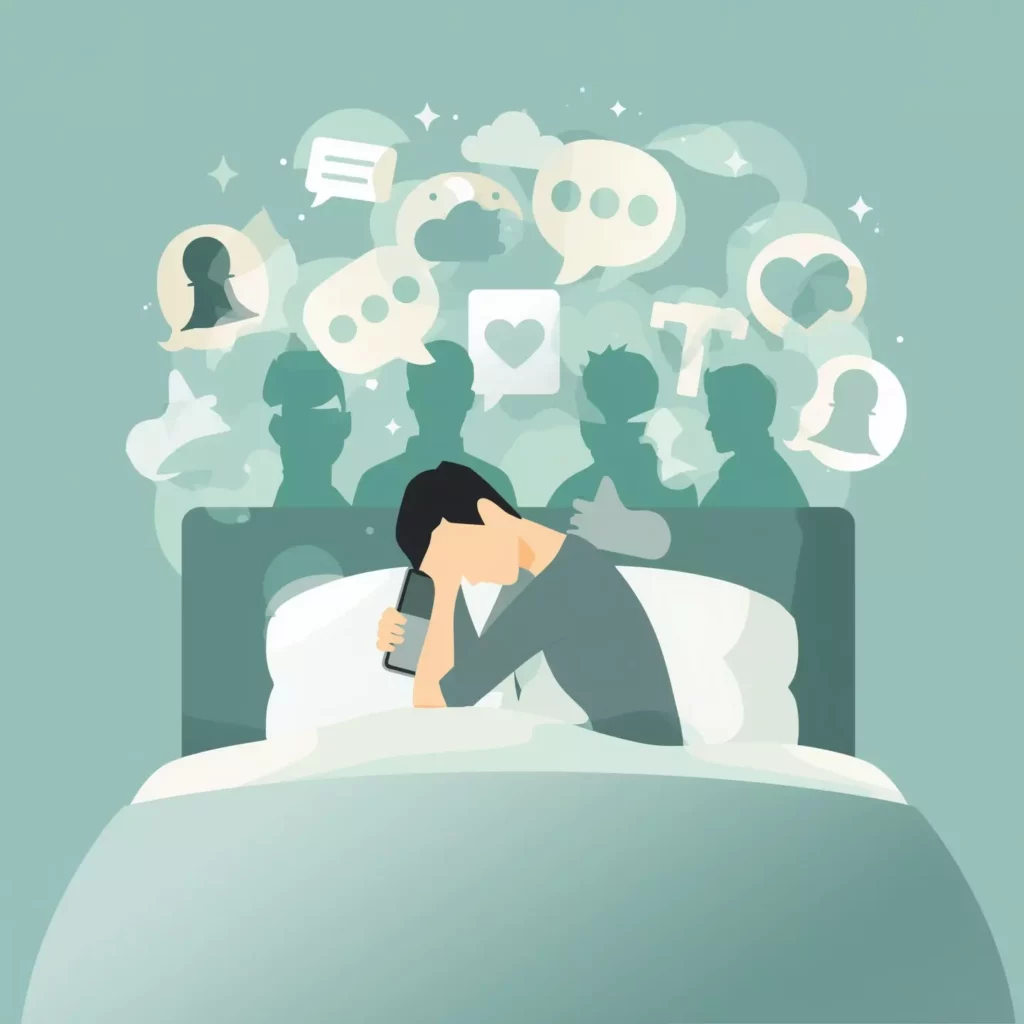
- Women & Digital Hygiene After a Breakup: Powerful Week One Algorithm Rewiring
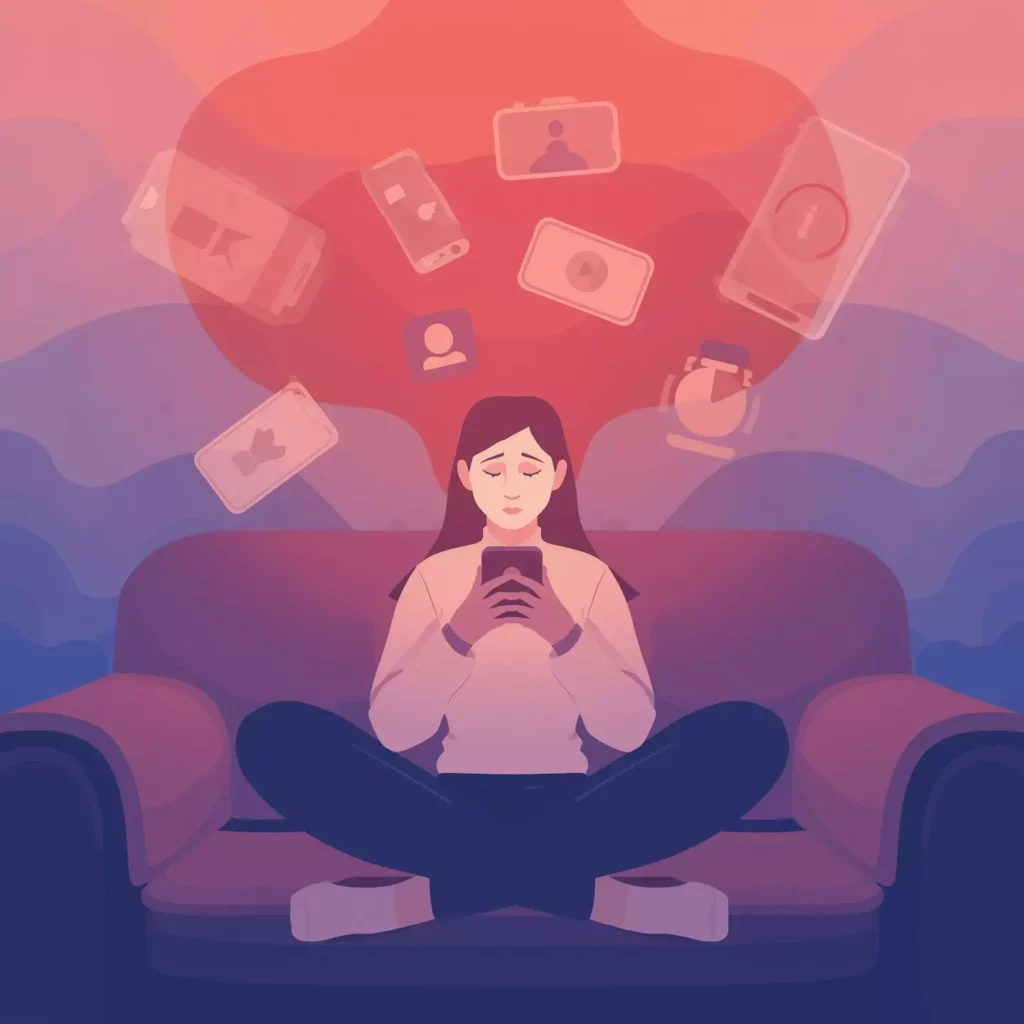
- Phone Detox for Men: Powerful Focus Modes & Friction Hacks to Heal Faster

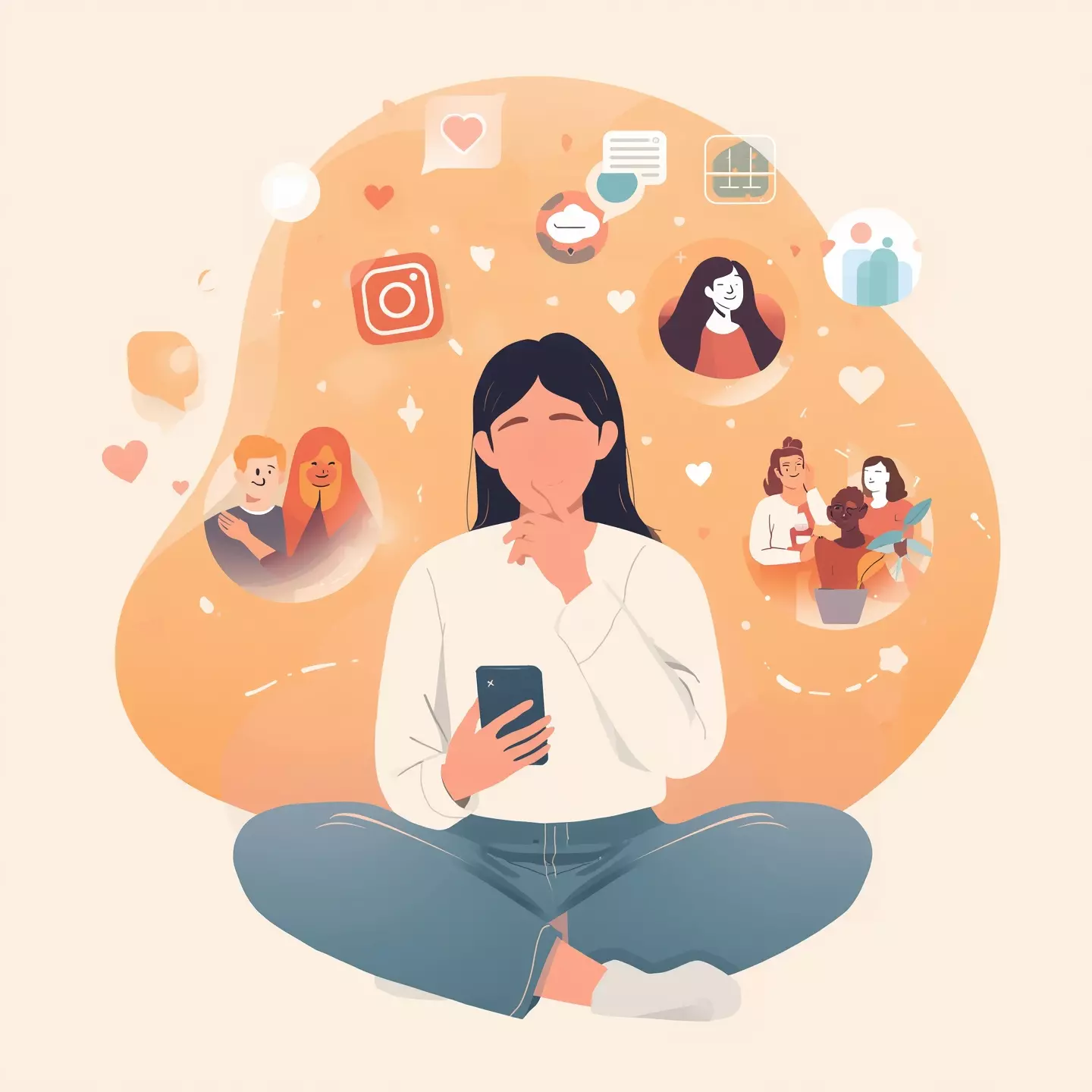
Leave a Reply